
To celebrate the second annual Silent Movie Day, I’ve put together a list of 24 silent movies from 12 different genres that showcase the variety of films produced in the heyday of silent cinema (roughly between 1895 and 1930). Click on a favorite genre below to jump straight to two silent films that are bound to pique your interest. Keep scrolling to read a short introduction to silent movies and read through all 24 films. All films listed are available to rent, stream, or watch in public domain copies for free online.
Introduction—Animation—Comedy—Documentary—Fantasy—Gangster—Historical Epic—Horror—Melodrama—Romantic Comedy—Sci-Fi—Social Issue Drama—Western
This post is part of Silentology‘s and In The Good Old Days of Hollywood‘s second annual Silent Movie Day Blogathon. Check out the blogathon’s main page for other great posts celebrating Silent Movie Day.
A Brief Introduction to Silent Movies
When inventors in the late 19th century first developed cameras fast enough to capture multiple photographs per second, it was technologically impractical to sync dialogue or ambient noise to the images of projected films. Sound recording technology of the time could only capture several minutes of audio at a time and struggled to reproduce crisp dialogue. Amplification technology needed to playback audio loud enough for a large theater would not be readily available until the 1920s. Late 19th century and early 20th century inventors, filmmakers, and businessmen tried and failed again and again to find a way to produce cameras that could capture both picture and sound seamlessly.
Despite the decades-long search for a solution, filmmakers and audiences didn’t find the absence of synched dialogue a problem, especially with a pianist, quarter orchestra, or if lucky a full orchestra accompanying the images flashing across the screen. Film grew from the dark-lit rooms of inventors in the early 1890s to a worldwide, multi-million dollar industry by the late 1910s all without one spoken word of dialogue uttered by the actors onscreen. Silent movies were known simply as movies then, a perfect escape for millions and millions of people around the world.
By the 1910s, filmmakers spent thousands of dollars and hundreds of hours to produce lavish, big-budget films such as legendary stage actress Sarah Bernhardt’s star vehicle Queen Elizabeth (1912).
It was only after sound technology caught up with the vision of early inventors in the late 1920s that the films from the first three decades of cinema history became known as silent movies. (Silent film accompanist Ben Model prefers the term “accompanied classic films”.) Studios and theaters scrambled to equip their soundstages and theaters with expensive sound technology as audiences rushed to hear their favorite stars’ voices for the first time.
As all-talking and all-singing extravaganzas overtook the world of cinema for good by the early 1930s, the studios looked down on their previous films that lacked synched dialogue. The majority of silent films lay neglected in suboptimal storage conditions susceptible to decomposition and large nitrate fires. Some silent films were even tossed into the garbage or melted down for the film print’s precious silvers. It’s estimated that between 75% and 90% of all silent films have been lost forever.
Despite the neglect of the major studios, dedicated film collectors, archivists, and filmmakers stepped up to protect the remaining films from disappearing. Disasters like the 1937 Fox Vault Fire that destroyed over 40,000 cans of film raised awareness of the need to take care of and preserve the films of today for tomorrow’s generations. Every surviving silent film is in itself a miracle, a monument to those who put in the work to preserve a small remnant of our collective past.
The aftermath of the vault fire at 20th Century Fox’s vaults in New Jersey. As a result of the fire, 75% of all of the Fox Film Corporation’s pre-1930 films are lost.
Those unacquainted with the films of the era might dismiss silent movies as century-old oddities left behind by modern technology and sensibilities. That couldn’t be further from the truth. From the first experiments with moving images in the late 19th century to the highly polished, expressive studio films of the late 1920s, silent movies entertain, educate, thrill, and move modern audiences when given the respect they deserve. Each surviving silent film isn’t merely just a historical artifact linking us to the past but also an invitation to a new world for an hour or two just like any movie released today.
While everyone won’t likely become obsessed with silent films like myself, there is something interesting and rewarding in silent movies for everyone no matter their varying interests. To celebrate 2022 Silent Film Day, take some time and discover one of 24 films from 12 different genres lovingly curated by an enthusiastic silent movie fan (that’s me). Click below on your favorite genre and dive into the wonderful world of silent film with two suggestions tailored to your specific tastes and interests!
Introduction—Animation—Comedy—Documentary—Fantasy—Gangster—Historical Epic—Horror—Melodrama—Romantic Comedy—Sci-Fi—Social Issue Drama—Western
Animation
The Adventures of Prince Achmed (1926): A decade before Disney’s 1937 Snow White and the Seven Dwarves, Lotte Reiniger spent more than three years creating a feature-length animated film with handcrafted shadow puppets and a wide array of beautifully tinted color backgrounds. Using a technique similar to stop motion animation to bring her shadow puppets to life, Reiniger’s lavish adaptation of One Thousand and One Nights tales paints a unique, colorful world that is as astonishing today as it was when it was released nearly 100 years ago.
Gertie the Dinosaur (1914): Early animation proved difficult for filmmakers who had to sketch hundreds of nearly identical images even to make the shortest film. In the midst of these technical limitations, cartoonist Winsor McCay managed to reproduce a prehistoric landscape and create Gertie, the screen’s first lovable dinosaur. Through work on this film, McCay introduced such techniques as keyframes, tracing paper, and animation loops that would become the industry standard in animation for decades.
Comedy
Sherlock Jr. (1924): Comedy never worked better than in the era of the slapstick clowns. Running at a breezy 45 minutes, Buster Keaton’s tale of a young man desperate to become a detective and impress his girlfriend is a non-stop laugh factory that never overstays its welcome. Keaton’s physical humor combines with his unique command over cinematic language to create surrealist gags, of particular note a truly bonkers twenty-minute dream sequence where in walks straight into a movie, that will make you bust a gut while wondering how on earth he pulled it off.
Easy Street (1917): Charlie Chaplin’s bowler hat, cane, and signature mustache are the defining symbol of not just silent comedy but silent film in general. There’s a good reason for that: he’s a comic genius. His short Easy Street beautifully showcases his unmatched comedic talent, delivering gag after gag, while combining genuine pathos through his realistic characters and moving drama of a poverty-stricken downtown street.
Documentary
The Battle of the Somme (1916): By the time World War I broke out in 1914 Europe, film had become a worldwide industry dominated by narrative fiction. Taking a page out from the earliest filmmakers who continuously shot documentary footage, two British government filmmakers traveled to the British and French trenches to document life as a soldier. While the film avoids showing gruesome war scenes, its behind-the-scenes footage of war is a perfect showcase of film’s ability to capture fleeting moments for future generations.
The Brilliant Biograph (1897-1902): From boxing kittens and kangaroos to filmed coronations of 19th-century European royalty, thousands of short films under a minute or two document the world in the 1890s and early 1900s just as film was becoming a known commodity. Instead of recommending one or two of these short actualities, a 2020 compilation of over forty short films totaling under an hour is the perfect way to soak up the novelty charm of the very first films. (And if you only have three seconds, check out the oldest surviving film Roundhay Garden Scene.)
Fantasy
Thief of Bagdad (1924): Long before rabid Marvel fans packed cineplexes to watch grown men fight each other in tights, Douglas Fairbanks dominated the box office in the 1920s with his extravagant and thrilling costume dramas. (Modern superheroes owe a debt of gratitude to Fairbank’s 1920 The Mark of Zorro.) His Arabic nights’ tale boasts larger-than-life sets, mystical spells, demonic dragons, and magic carpet rides that set the mark for big-budget fantasy adventures for years afterward.
A Trip to the Moon (1902): A rocket landing into the eye of the moon is the most iconic image of early cinema, and perhaps of silent film in general. Melies’ short ten-minute film showed the world the endless possibilities of imagination that movies could create. Make sure to watch the recently rediscovered and restored color version that Melies had personally commissioned decades before The Wizard of Oz.
Gangster
Underworld (1927): Modern audiences might be more familiar with the original 1932 gangster staple Scarface but the gangster genre first developed in the silent era. Josef von Sternberg’s shadow-filled tale of the Underworld is loosely based on the real-life gangster “Terrible” Tommy O’Connor who disappeared three days before his execution date for gunning down a Chicago police officer in 1923. Released just as sound appeared in theaters around America, director Josef von Sternberg codifies many of the tropes of the young genre, leaving audiences with a fun ride of ruthless gangs, corrupt lawyers, and ruffians competing for the same woman’s love.
Regeneration (1915): Shot on location in the overcrowded tenement houses of New York’s Lower East Side, Regeneration brings an earnest authenticity to the impoverished main character Owen who as an orphan, joins a crime syndicate as his only option to escape his crippling poverty. Falling in love with a social worker seeking to uplift the city, Owen is torn between the exotic life of a gangster and his newfound love. The film weaves together a gritty portrait of early 20th-century immigrant communities and an emphatic tale of love and redemption.
Historical Epic
The Big Parade (1925): Heralded as one of the great silent films, King Vidor’s harrowing portrait of the World War I battlefront follows a group of American young men as they face the unrelenting life of a soldier in the trenches in France. The modern war picture owes a lot to Vidor’s distinctive storytelling, slowly building up from the patriotic fever at the homefront to the camaraderie and naivety of the young soldiers in general training and finally showing the absolute chaos and danger of trench warfare. Even within the tragedy, The Big Parade finds levity and romance, never sacrificing entertainment when portraying the harsh realities of war.
Joan the Woman (1916); Best known for directing the epic 1956 technicolor wonder The Ten Commandments, Cecil B. DeMille quickly became an established filmmaker after helming his first picture in 1914. Joan the Woman, his first truly epic film, utilizes large sets and thousands of extras to give Hollywood one of its first classic historical epics.
Horror
The Penalty (1920): Best known for his transformational roles in the original Hunchback of Notre Dame (1923) and The Phantom of the Opera (1925), Lon Chaney shines in The Penalty as a sinister crime lord traumatized when a young doctor accidentally amputates both his legs as a young child. Tying his legs behind his back and walking with his knees in wooden buckets for his performance, Chaney sells an absurd plot in a fascinating show of the horror icon he would become. A bizarre bundle of fun perfect for the Halloween season.
L’Inferno (1911): Filmed over two years at a time when many performers would crank dozens of short films over the course of a year, L’Inferno was a massive undertaking in 1911 running ten minutes over an hour. Based loosely on Dante’s Inferno, the film utilizes double exposure and early special effects to depict a hell that still gives you the creeps over 110 years later.
Melodrama
Flesh and the Devil (1926): Long before celebrity couples got special couple names and appeared all over tabloids, there was Greta Garbo and John Gilbert. Involved briefly offscreen and paring in four movies together, Garbo and Gilbert show off their onscreen chemistry best in this 1926 tale of forbidden love set in a picturesque, Gothic Europe.
Stella Maris (1918): Mary Pickford, known the whole world over as The Girl with the Golden Curls and one of the first worldwide celebrities, delivers not one but two great performances in this heavily female-centric film that would make Alison Bechel blush. Decades before green screens and digital technology, cameraman Walter Stradling expertly combines shots of Pickford’s two characters onscreen.
Romantic Comedy
Girl Shy (1924): Best known for dangling from a clock in his 1923 comedy classic Safety Last!, Harold Lloyd was one of the most consistent and talented comedians of the silent era, outgrossing both Chaplin’s and Keaton’s films in the 1920s. Lloyd plays opposite Jobyna Ralston in this comedic classic, combining physical, slapstick comedy and thrilling athletic stunts with a heartfelt romantic plot that set the bar high for future romantic comedies.
Fatty and Mabel Adrift (1916): Alongside creating the iconic, bumbling Keystone Kops and giving Chaplin his start in film, Keystone Studios produced a string of wonderful films featuring greats Mabel Normand and Roscoe Arbuckle as romantic partners. Relying less on slapstick and more on a humorous, dynamic relationship between Mable and Roscoe, Fatty and Mabel Adrift perfectly encapsulates this pair’s great chemistry and unique humor.
Science Fiction
The Lost World (1925): Eight years before Willis O’Brien’s special effects would create one of the most recognizable movie characters in 1933’s King Kong, O’Brien brought Sir Arthur Conan Doyle (who appears in a brief cameo at the start of the film) and his island of dinosaurs to life on the big screen. Featuring fights between dinosaurs and shots with humans and stop-motion dinosaurs together, The Lost World sets the standard for subsequent monster films that would become popular decades later. (Warning: One of the minor characters is a white actor in highly exaggerated blackface.)
The Police in the Year 2000 (1912): Sometimes Sci-Fi eerily predicts aspects of society decades before they become realized. Other times, science fiction films miss the mark completely. This French sci-fi comedy falls squarely in the latter category giving us a ridiculous future where policemen yank criminals off the street from blimps with hundred-foot-long claws. Its early crude special effects add to the insanity and prove the future shouldn’t always have to take itself too seriously.
Social Issue Drama
Within Our Gates (1920): The most infamous silent film is no doubt D.W. Griffith’s abhorrently racist epic The Birth of a Nation. Much less known is black pioneer Oscar Micheaux’s Within Our Gates, the oldest surviving feature film directed by a black filmmaker. Filmed on a shoestring budget and endangered by antagonistic Southern theater distributors, Mishceaux captures various black perspectives amidst the racism of early 20th-century America. The film’s climatic scene directly references The Birth of a Nation rape scene, showing that racism did not go unchallenged back in the day and that early filmmakers were never ones to shy away from uncomfortable topics.
Where Are My Children? (1916): Before large studios like MGM and 20th Century-Fox dominated the Hollywood film industry in the 1920s, women were routinely found behind the camera in the 1910s. Lois Weber, one of the many female directors successful at Universal in the 1910s, directed some of the decade’s best films often tackling controversial social issues of the Progressive Era. Where Are My Children?‘s blunt depiction of abortion, although very much of her time (*cough, cough* eugenics), is brutally honest and mature, never sacrificing entertainment value in bringing Weber’s viewpoint on the issue across.
Western
The Winning of Barbara Worth (1926): Starring a young Gary Cooper and directed by journeyman Henry King who worked into the 1960s, The Winning of Barbara‘s yellow-tinted, desert hills perfectly capture the arid Southwestern landscape of the Wild West. Using miniatures and stunning action sequences, the film recreates the 1905 flooding of the Salton Sea that submerged two towns underneath water proving that man will never fully be able to conquer nature.
Hell’s Hinges (1916): People tend to dismiss early Westerns as simple good man wears white hat, bad man wear black hat yarns reminiscent of a simpler time when men could be men. Even the earliest Westerns, made by the last generation to have recent memory of the American Frontier. featured rugged anti-heroes and sought to deconstruct the mythic West. Hell’s Hinges is one such picture that is just fine featuring a ruthless gunslinger as its protagonist. William S. Hart’s outlaw with a heart of gold makes sure to wreak havoc and start a fire or two on his way to reform for the love of a woman with neary a white hat in sight.
Introduction—Animation—Comedy—Documentary—Fantasy—Gangster—Historical Epic—Horror—Melodrama—Romantic Comedy—Sci-Fi—Social Issue Drama—Western
If you are looking for even more suggestions, check out my list of fifteen pre-1920 films I compiled for last year’s Silent Movie Day. Also, check out the dozen of other posts I’ve written about silent movies.
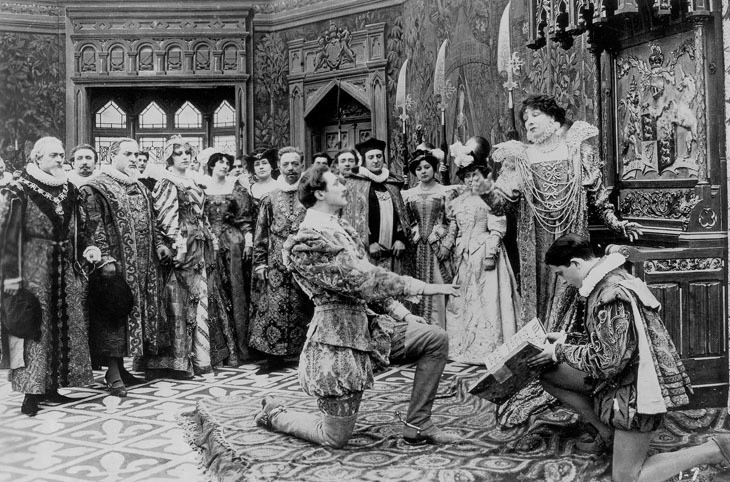





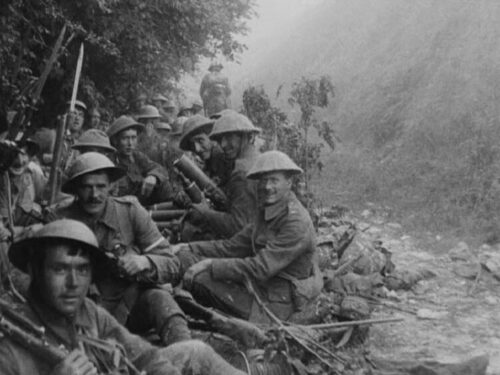
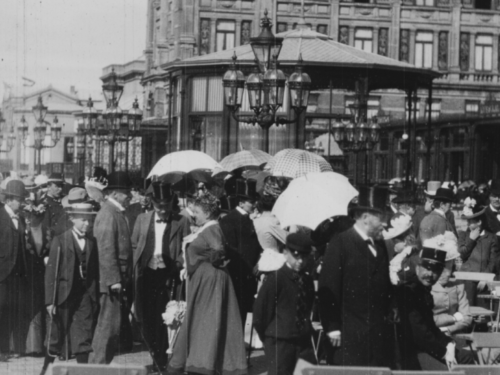
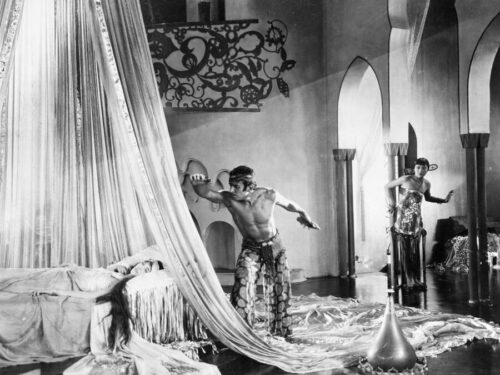


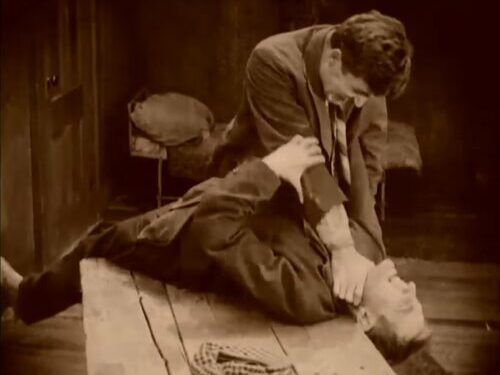




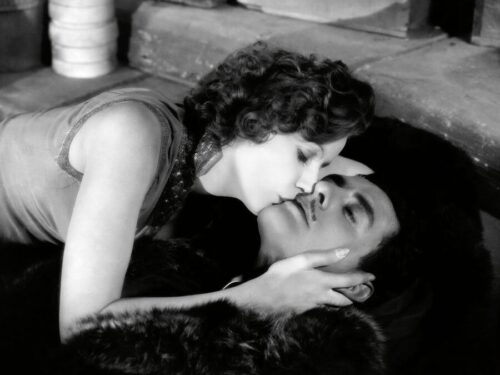


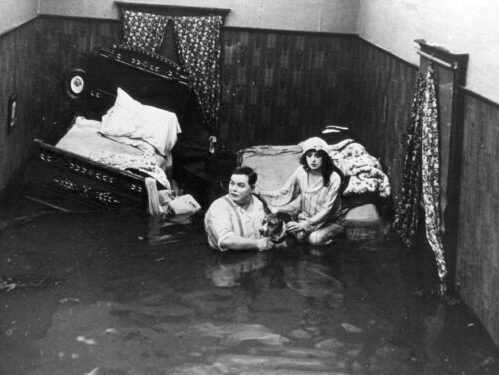
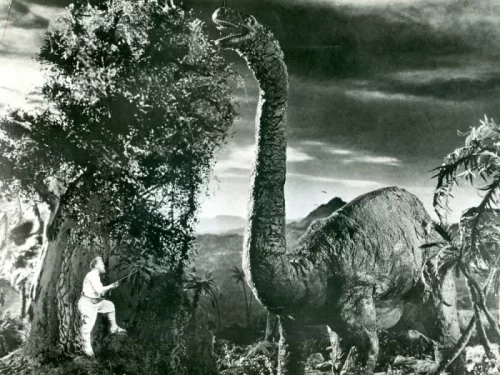
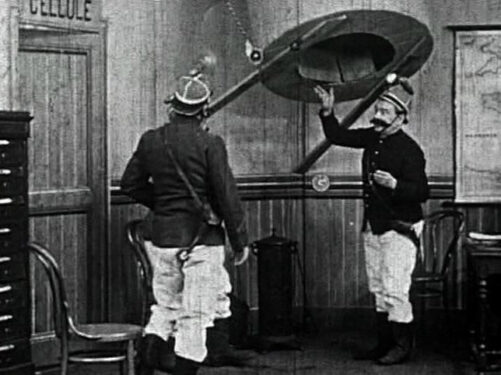




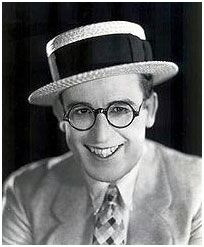
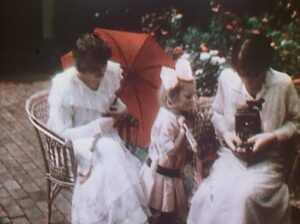
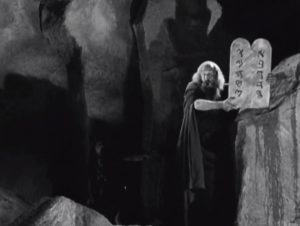
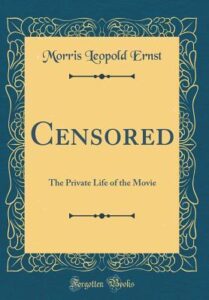
Thanks for this marvellous overview of these varied silent films. There are many I’ve not seen, so I’ve bookmarked your page to refer to again (and again) as I visit these movies. Thanks!
I love that you showed the variety of silent films that are out there. Way too many people view silent films as a genre instead of as a MEDIUM in which many stories can be told!
I especially liked your section on social issue movies. The 1910s and early 1920s had plenty of films dealing with topics modern people probably assume were taboo until the 1960s. (One that comes to mind is the 1919 German film Different from the Others, which depicts homosexuality with sympathy and calls for acceptance. Naturally, the Nazis tried suppressing that one, but most of the film survives today.)
Yeah, I find it pretty crazy that a whole twenty-five years plus of film can just be lumped into one genre. Like 1920s slapstick is totally different than 1910s social issue dramas or 1890s actualities.
Oh and THANK YOU for pointing out that early westerns weren’t all “good guy shoots bad guy.” I’m not even a western buff but that perception that nothing was morally complicated until the 1960s drives me insane like few things can.
I know! That misconception seems so commonplace even when there are SO MANY examples of morally complicated Westerns basically in almost any era of film.
Fantastic list! I’m kinda happy that there are many I haven’t seen, because I have so much to look forward to! I’m particularly gald to see my favorite The Big Parade recommended.
Cherrs!
Thanks! The Big Parade is one of my favorites too. It gets better on every rewatch.
Excellent addition to the blogathon, thank you so much! I appreciate the time and effort you put into it, excellent suggestions too.
Thanks for hosting! Another year of great silent-themed articles.
What a great list! I like that you went off the beaten path for this, and Lois Weber is awesome!
Thanks! It was definitely hard to narrow it down and just pick one of Lois Weber’s movies on the list. Hard to go wrong.
I’m looking for movies where the women are tougher than the men. Anything come to mind? Ty I enjoyed your list very much!
Thanks! I’ve found silent comedy a ripe genre to find a lot of great, tough women and couldn’t recommend Cinema’s First Nasty Women boxset enough if you haven’t been able to see it. One of my favorite comedies is Dorothy DeVore in Hold Your Breath! doing a similar stunt to Harold Lloyd’s climactic human spider chase at the end of Safety Last!.
I also feel like some actresses like Leatrice Joy and Ossi Oswalda in romantic comedies like Eves Leaves and The Doll feature some great, strong women characters that often get the better of the men in the films.